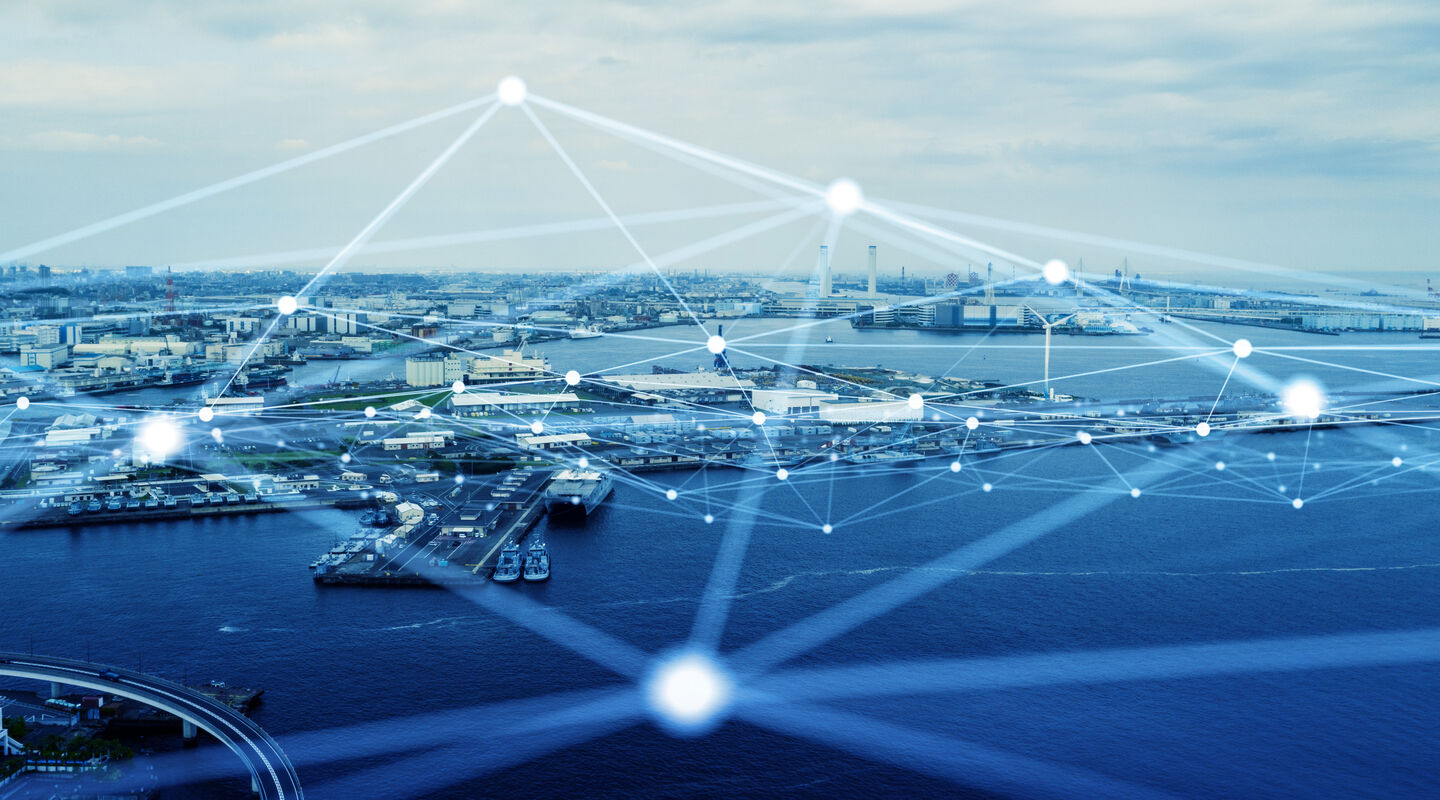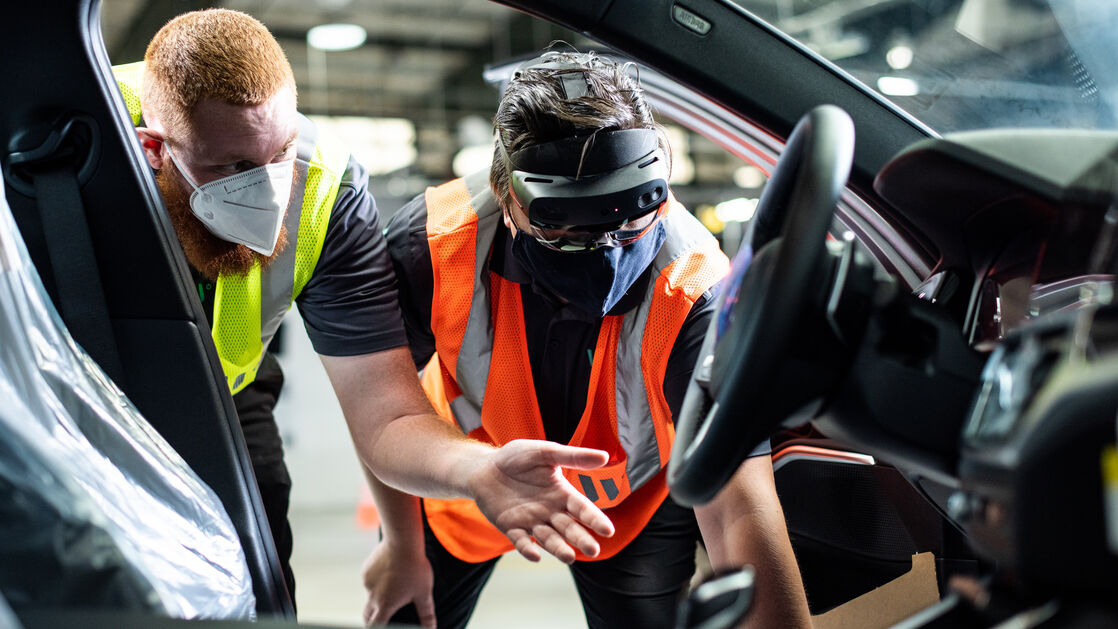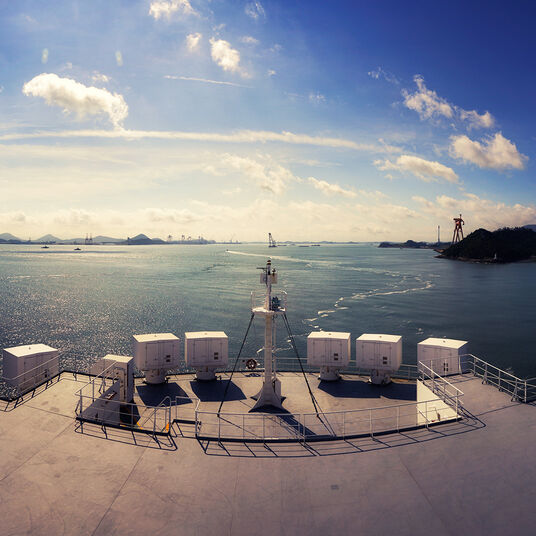What impact will 5G have on the next generation of supply chains?
5G has been hailed as a technological game changer, poised to radically transform how industries – and the world – function. But what does it mean for logistics? We ask Roopesh Das, senior vice president of Wallenius Wilhelmsen’s Digital Accelerator how 5G could help solve some of the biggest supply chain challenges.

With every technological upgrade comes a promise: to make things faster, sharper, more efficient. And the advent of 5G is no exception.
Current 4G technology allows for around 10,000 devices per square mile. With 5G, over one million devices can operate within the same area. With such a seismic growth in capacity, this technology has the potential to revolutionize logistics – particularly when it comes to supply chain management – by enabling manufacturers and providers to capture data and then process-analyze-predict-decide – all in a matter of seconds.
What does 5G mean in practice for supply chains?
From streamlined logistics operations to smart inventory, warehouse management and fleet operations, the high speeds and low latency offered by 5G and the advent of low-cost energy efficient IoT devices, are poised to improve visibility, agility and autonomous operations.
Asset tracking will become more viable and reliable. GPS tracking resolution, for example, will move from 10m to 1cm granularity, enabling greater accuracy.
In the warehouse, 5G can support smart inventory systems and has the potential to optimize processes, enable remote maintenance and control and deploy autonomous vehicles for transport, all of which could result in significant efficiency savings. On the factory floor, augmented and virtual reality tools powered by reliable 5G connections will aid remote assistance, helping to solve problems faster.
5G-enabled technology in action
Loading and discharge operations of a vessel managed by a person wearing HoloLens – which allows a two-way collaboration with voyage ops and experts remotely – in parallel with sensors and fixed and drone-operated cameras that perform live tally, stowage and quality checks, can all play a part in maintaining safety. Our voyage ops, port ops, customers and suppliers can then get a live feed of relevant images, videos and data. 5G is critical in enabling these processes to happen at once, in real time.
How is 5G fuelling autonomous operations?
Autonomous vehicles and machines use advanced sensors and algorithms to guide-perform and avoid collisions, but this is only possible with low latency networking. The reliability and safety offered by 5G means autonomous operations in controlled loops can be adopted.

A HoloLens headset enables operations to take place with assistance from remote experts
Will 5G be able to connect all the disparate parts of a supply chain?
In reality, penetration of 5G through the supply chain will take years of capital investment, so a combination of 4G and 5G is likely to remain for the near to mid-term. But there is potential to use 5G in contained and controlled environments such as manufacturing plants, ports and terminals, yards and processing centers, where a private network can be installed and managed.
What future logistics challenges could be resolved using 5G?
5G will play more of an underlying role in digital infrastructure, which will be the fuel for AI, cloud and autonomous applications that will keep digitalizing and connecting the supply chain.
Computer vision-based tracking for example could share real-time 3D images and videos with AI-assisted predictions and insights for both downstream and upstream players in the supply chain. Imagine an inspection done at an upstream site that results in units being diverted at the downstream site for corrective actions before they reach the customer.
If thought about just as a faster way to download – and if you wait to use it only once it goes mainstream – then 5G is evolutionary. But for new and existing logistics players who take 5G as an opportunity to innovate, bring about business model change and launch new services, then it’s revolutionarySenior vice president, Digital Accelerator, Wallenius Wilhelmsen
In a time when reactivity and visibility are essential for successful supply chain management, what role can 5G play?
The impact of 5G cannot be downplayed. But ultimately, it’s down to manufacturers and logistics providers to take the first mover advantage and embrace the transformative potential of the technology – and that means reimagining business models and digitalizing supply chains to connect with a full ecosystem of customers and suppliers.
4 ways Wallenius Wilhelmsen is adopting 5G
At Wallenius Wilhelmsen, we’ve been incubating various digital products via our Digital Accelerator:
- Mixed reality: Using the HoloLens platform, we can provide real-time remote assistance for expertise that is not available at a location, as well as perform remote site surveys. With 5G, we will be able to introduce more augmented reality capabilities to assist with customer product handling and customization more effectively.
- Computer vision: AI-based real-time cargo scans from mobile and fixed cameras for inspections and visual verifications can capture and process results in a matter of minutes. But with 5G we can expect an end-to-end car inspection with AI-based damage recommendation to take just a few seconds and offer greater accuracy.
- Automation: Automated guided drones and cargo moving equipment will result in real-time inventory management and physical flows at our yards, processing centers and ports. 5G will make these autonomous operations more seamless, cost efficient and agile.
- Safety: Wearable tech is helping us to monitor and provide alerts for movements that may cause injuries. 5G will bolster time-sensitive alerts and monitoring for speed and near misses.

